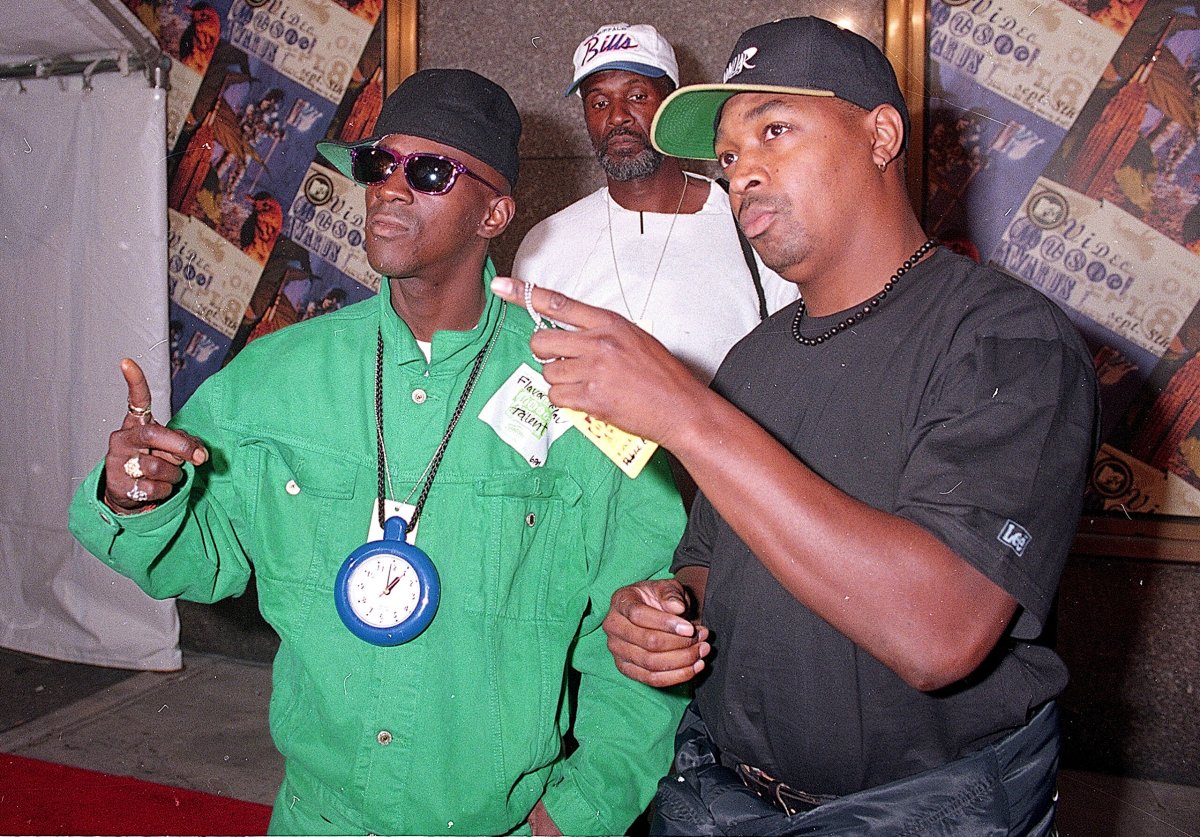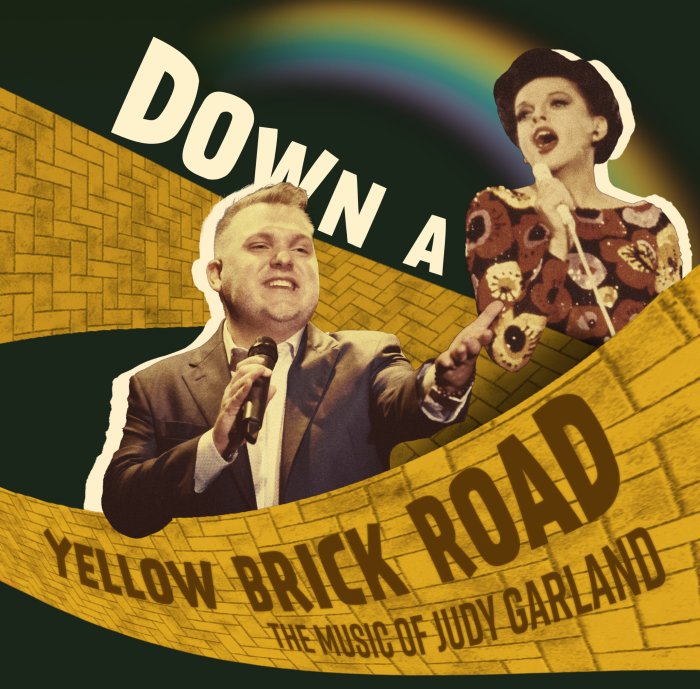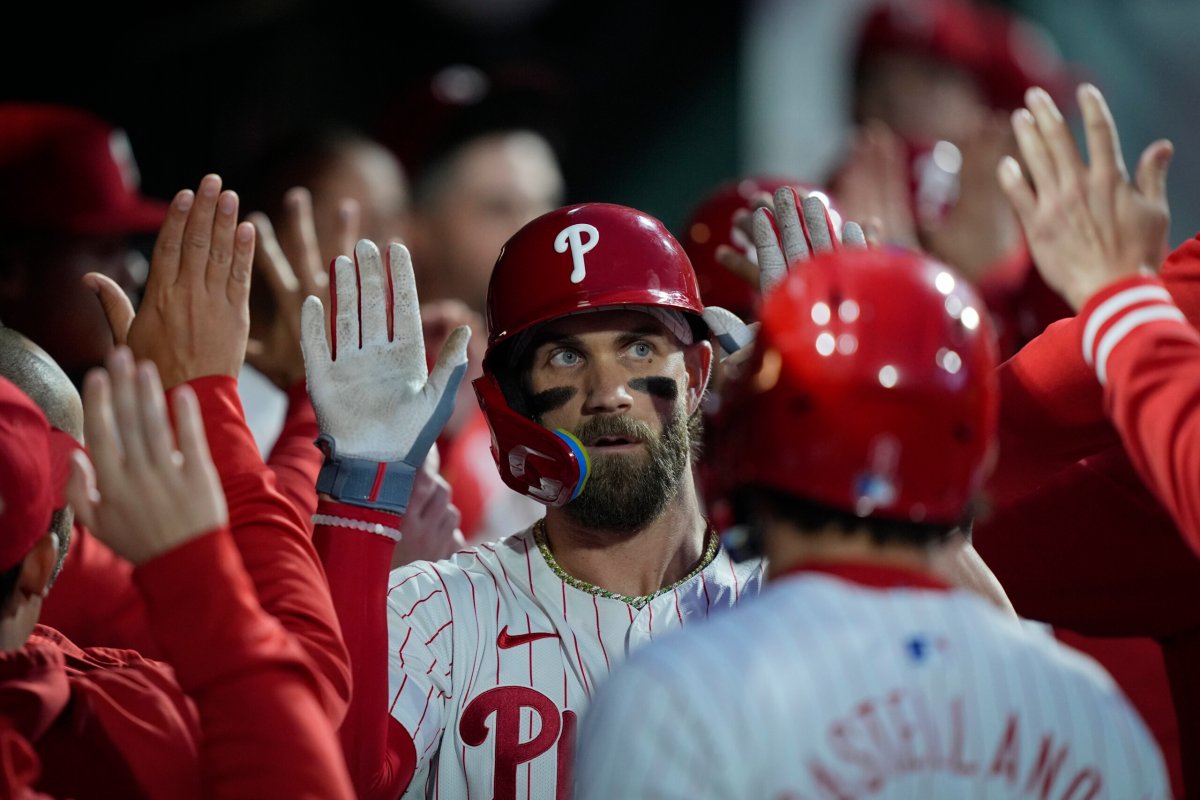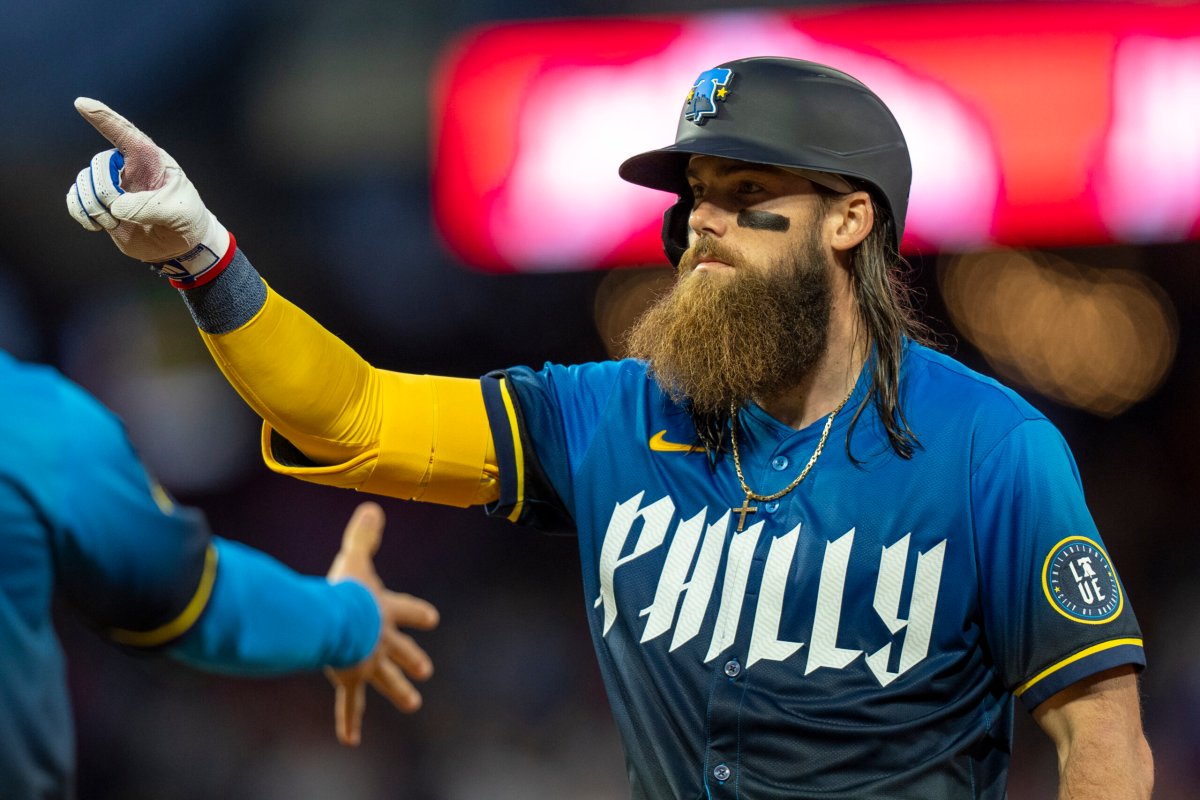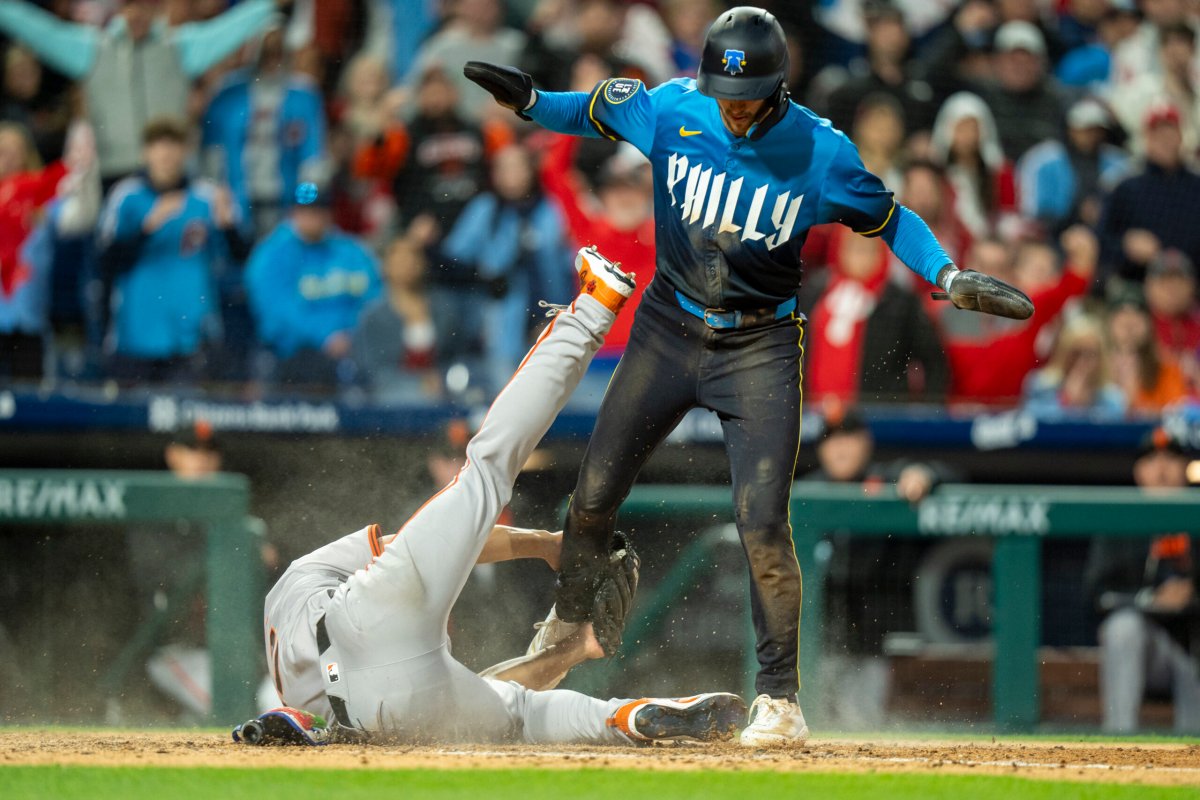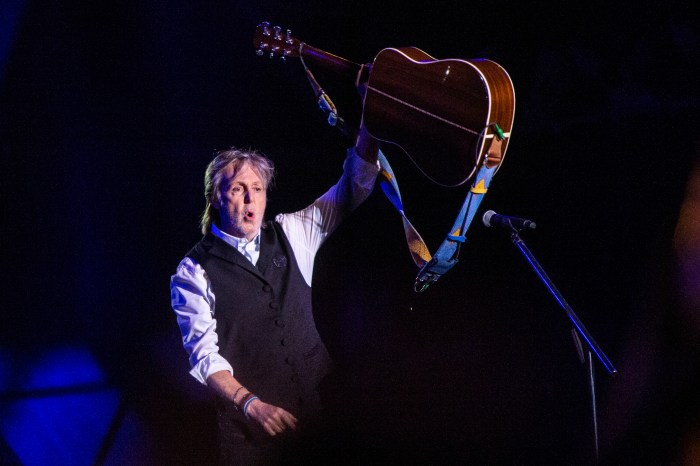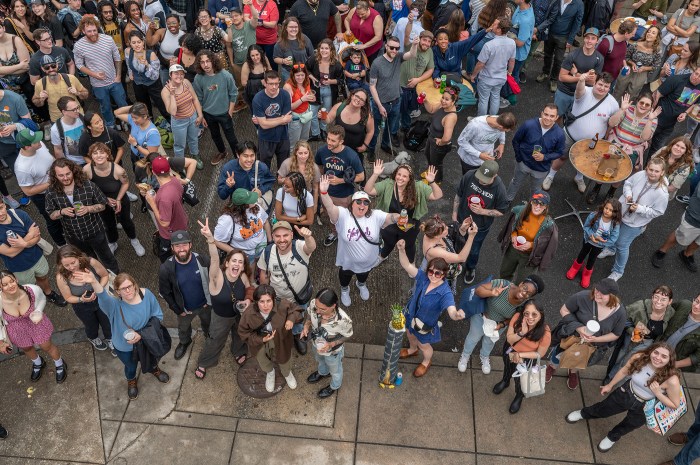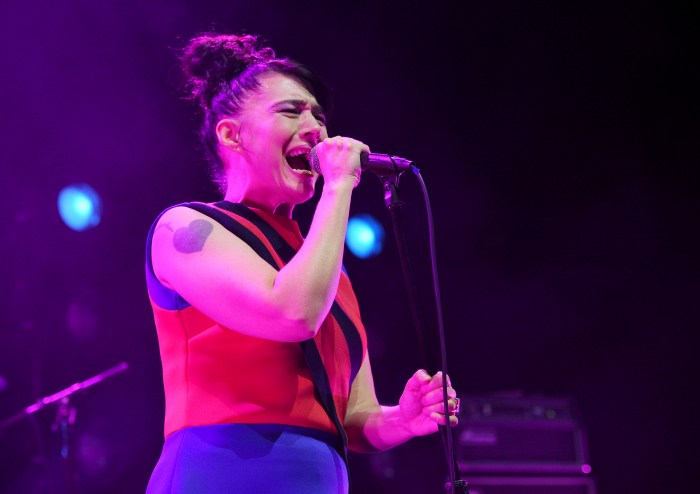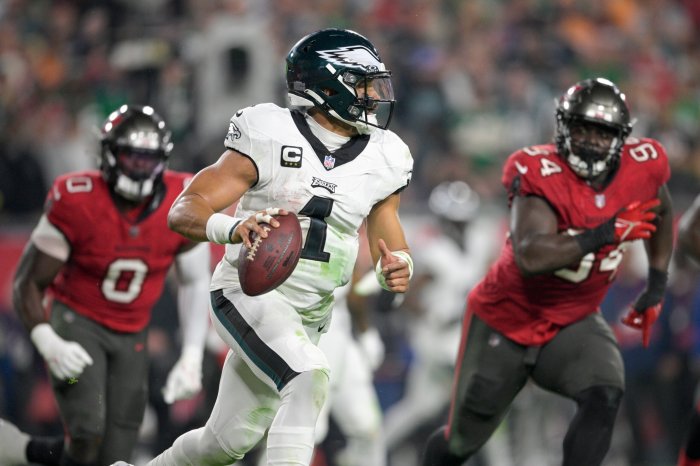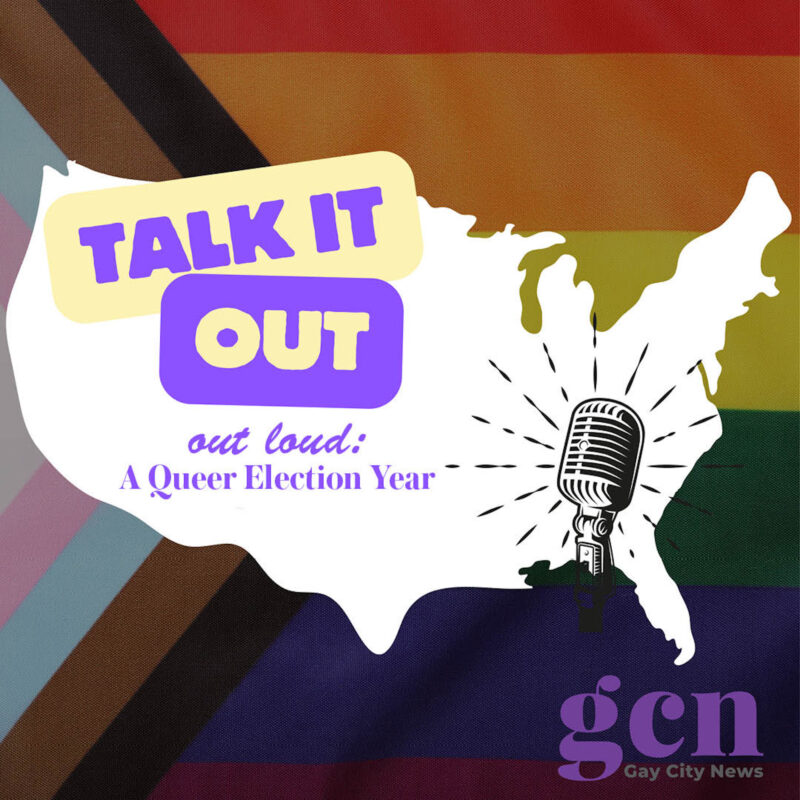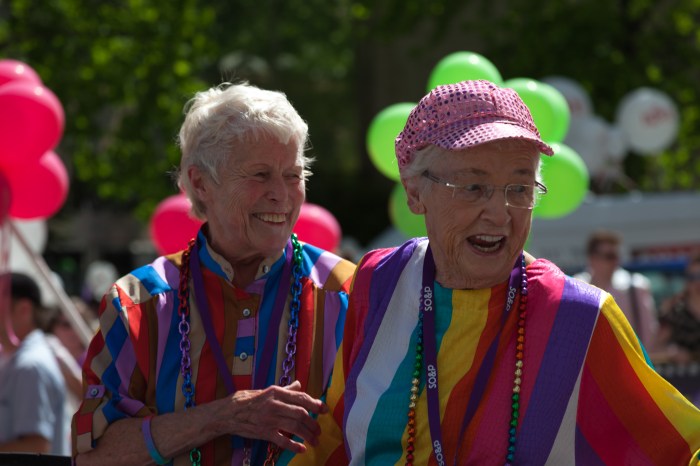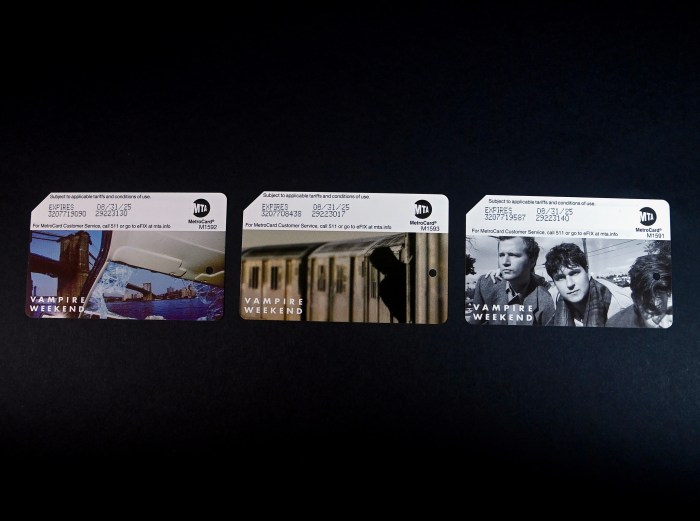By DEEPTI HAJELA Associated Press
It was born in the break, all those decades ago — that moment when a song’s vocals dropped, instruments quieted down and the beat took the stage. It was then that hip-hop came into the world, taking the moment and reinventing it. Something new, coming out of something familiar.
At the hands of the DJs playing the albums, that break moment became something more: a composition in itself, repeated in an endless loop, back and forth between the turntables. The MCs got in on it, speaking their own clever rhymes and wordplay over it. So did the dancers, the b-boys and b-girls who hit the floor to break-dance. It took on its own visual style, with graffiti artists bringing it to the streets and subways of New York City.
It didn’t stay there, of course. A musical form, a culture, with reinvention as its very DNA would never, could never. Hip-hop spread, from the parties to the parks, through New York City’s boroughs and then the region, around the country and the world.
And at each step: change, adaptation, as new, different voices came in and made it their own, in sound, in lyric, in purpose, in style. Its foundations steeped in the Black communities where it first made itself known and also spreading out and expanding, like ripples in water, until there’s no corner of the world that hasn’t been touched by it.
Not only being reinvented, but reinventing. Art, culture, fashion, community, social justice, politics, sports, business: Hip-hop has impacted them all, transforming even as it has been transformed.
Those looking for a hip-hop starting point have landed on one, turning this year into a 50th-birthday celebration. Aug. 11, 1973 was the date a young Clive Campbell, known as DJ Kool Herc around his Bronx stomping grounds, deejayed a back-to-school party for his younger sister in the community room of an apartment building on Sedgwick Avenue.
Campbell, who was born and spent his early years in Jamaica before his family moved to the Bronx, was still a teen himself at that time, just 18, when he began extending the musical breaks of the records he was playing to create a different kind of dancing opportunity. He’d started speaking over the beat, reminiscent of the “toasting” style heard in Jamaica.
It wasn’t long before the style could be heard all over the city — and began to spread around the New York City metro region.
Among those who started to hear about it were some young men across the river in Englewood, New Jersey, who started making up rhymes to go along with the beats. In 1979, they auditioned as rappers for Sylvia Robinson, a singer turned music producer who co-founded Sugar Hill Records.

As The Sugarhill Gang, they put out “Rapper’s Delight” and introduced the country to a record that would reach as high as 36 on Billboard’s Top 100 chart list, and even make it to No. 1 in some European countries.
“Now what you hear is not a test: I’m rappin’ to the beat/And me, the groove, and my friends are gonna try to move your feet,” Michael “Wonder Mike” Wright said in one of the song’s stanzas.
Wright says he had no doubt the song — and, by extension, hip-hop — was “going to be big.” I knew it was going to blow up and play all over the world because it was a new genre of music,” he tells The Associated Press. “You had classical jazz, bebop, rock, pop, and here comes a new form of music that didn’t exist.”
And it was one based in self-expression, says Guy “Master Gee” O’Brien. “If you couldn’t sing or you couldn’t play an instrument, you could recite poetry and speak your mind. And so it became accessible to the everyman.”
The emphasis on self-expression has also meant that over the years, hip-hop has been used as a medium for just about everything.
Coming from America’s Black communities, that has also meant hip-hop has been a tool to speak out against injustice, like in 1982 when Grandmaster Flash and the Furious Five told the world in “The Message,” that the stresses of poverty in their city neighborhoods made it feel “like a jungle sometimes/It makes me wonder how I keep from goin’ under.”
Other figures like Common and Kendrick Lamar have also turned to a conscious lyricism in their hip-hop, with perhaps none better known than Public Enemy, whose “Fight the Power” became an anthem when it was created for filmmaker Spike Lee’s 1989 classic “Do the Right Thing,” which chronicled racial tension in a Brooklyn neighborhood.
Some in hip-hop pulled no punches, using the art form and the culture as a no-holds-barred way of showcasing the troubles of their lives. Often those messages have been met with fear or disdain in the mainstream. When N.W.A. came “Straight Outta Compton” in 1988 with loud, brash tales of police abuse and gang life, radio stations recoiled.

As hip-hop spread over the years, a host of voices have used it to speak out on the issues that are dear to them. Look at Bobby Sanchez, a Peruvian American transgender, two-spirit poet and rapper who has released a song in Quechua, the language of the Wari people that her father came from. “Quechua 101 Land Back Please” references the killing of Indigenous peoples and calls for land restoration.
“I think it’s very special and cool when artists use it to reflect society because it makes it bigger than just them,” Sanchez says. “To me, it’s always political, really, no matter what you’re talking about, because hip-hop, in a way, is a form of resistance.”
The impact hasn’t just been in one direction. Hip-hop hasn’t just been changed; it has made change. It has gone into other spaces and made them different. It strutted through the fashion world as it brought its own sensibility to streetwear. It has revitalized companies; just ask Timberland what sales were like before its workboots became de rigueur hip-hop wear.
Or look at perhaps the perfect example: “Hamilton,” Lin-Manuel Miranda’s groundbreaking musical about a distant white historical figure that came to life in the rhythms of its hip-hop soundtrack, bringing a different energy and audience to the theater world.
Hip-hop “has done a very good job at making culture more accessible. It has broken into spaces that we’re traditionally not allowed to break into,” Dhaliwal says.
Hip-hop is, simply, “a magical art form,” says Nile Rodgers, legendary musician, composer and record producer. He would know. It was his song “Good Times,” with the band Chic, that was recreated to form the basis for “Rapper’s Delight” all those years ago.
“The impact that it’s had on the world, it really can’t be quantified,” Rodgers says. “You can find someone in a village that you’ve never been to, a country that you’ve never been to, and all of a sudden you hear its own local hip-hop. And you don’t even know who these people are, but they’ve adopted it and have made it their own.”



